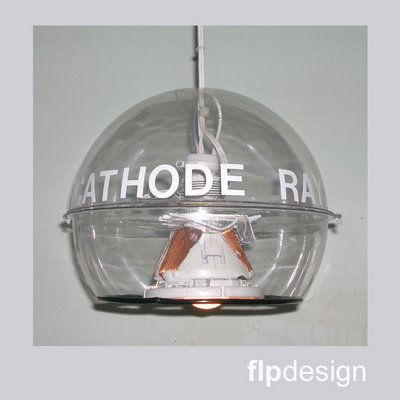whitw cathode

Electronic television is based on the development of the cathode ray tube - CRT - which is the picture tube found in modern television sets. A cathode ray tube or CRT is a specialized vacuum tube in which images are produced when an electron beam strikes a phosphorescent surface. Television sets, computers, automated teller machines, video game machines, video cameras, monitors, oscilloscopes and radar displays all contain cathode-ray tubes. Phosphor screens using multiple beams of electrons have allowed CRTs to display millions of colors.
The first cathode ray tube scanning device was invented by the German scientist Karl Ferdinand Braun in 1897. Braun introduced a CRT with a fluorescent screen, known as the cathode ray oscilloscope. The screen would emit a visible light when struck by a beam of electrons. In 1907, the Russian scientist Boris Rosing (see Zworykin ) used a CRT in the receiver of a television system that, at the camera end, made use of mirror-drum scanning. Rosing transmitted crude geometrical patterns onto the television screen and was the first inventor to do so using a CRT. The first practical signal generating tubes were invented by Vladimir K. Zworykin and Philo T. Farnsworth . Zworykin invented the iconoscope, which became the imaging iconoscope. Farnsworth invented the image disse ctor.

<< Home